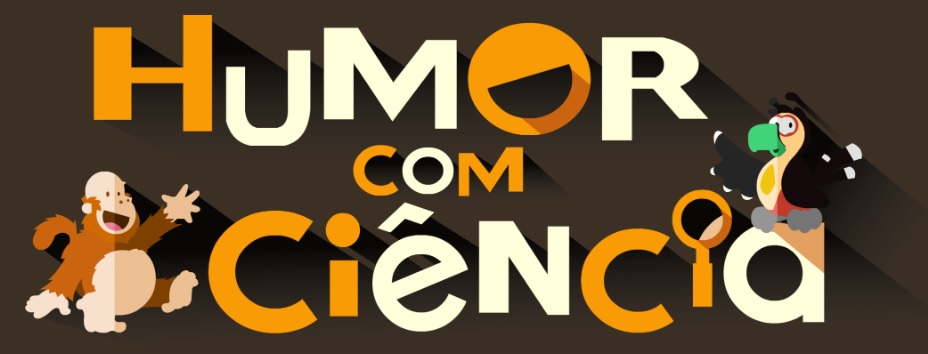
RC2HJW9K8YAL
U.S. House of Representatives Speaker Nancy Pelosi and Speaker of the National Assembly of Armenia Alen Simonyan visit Tsitsernakaberd Armenian Genocide Memorial in Yerevan, Armenia September 18, 2022. Hayk Baghdasaryan/Photolure via REUTERS ATTENTION EDITORS - THIS IMAGE HAS BEEN SUPPLIED BY A THIRD PARTY.
DC





























































































































































